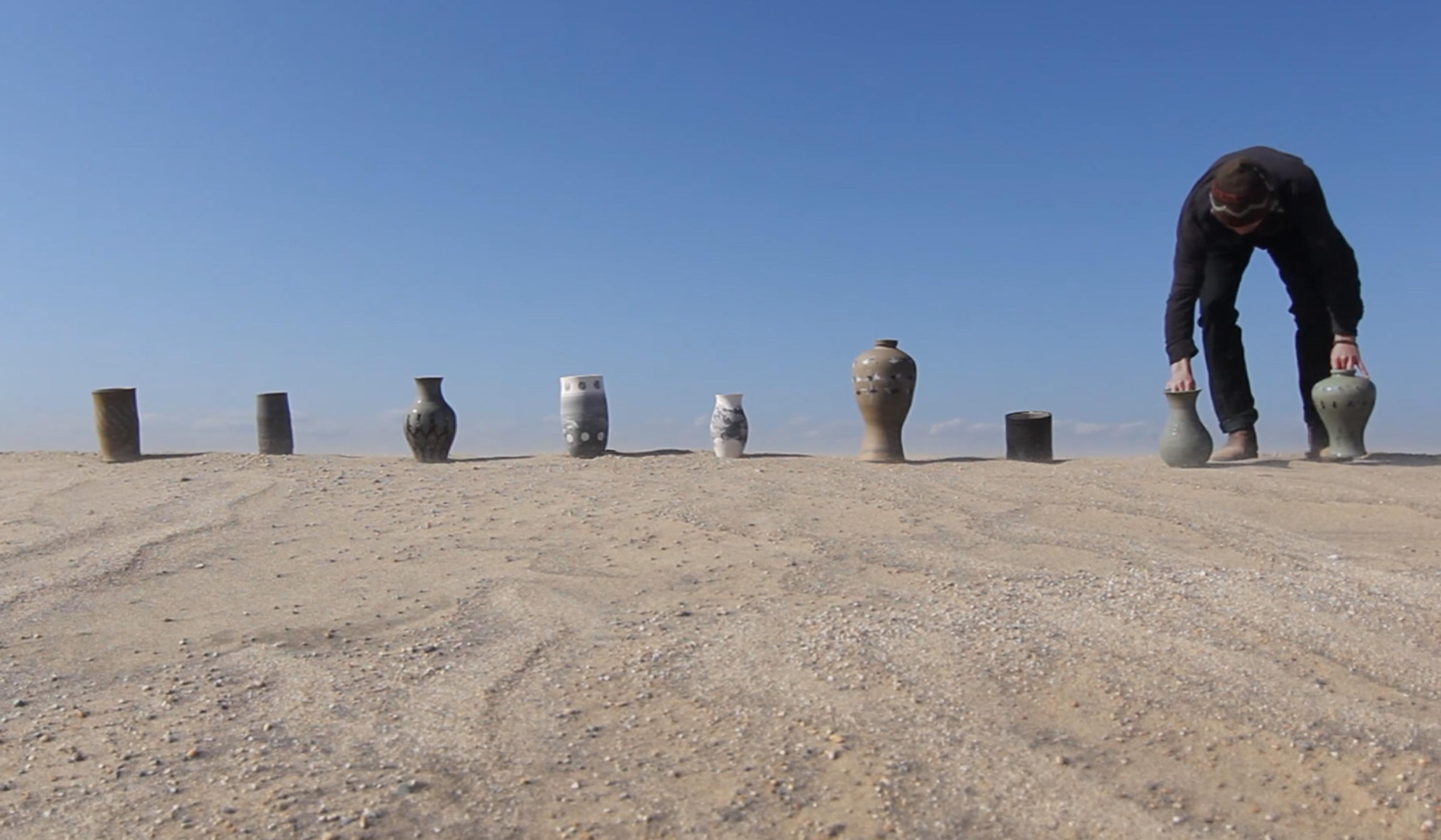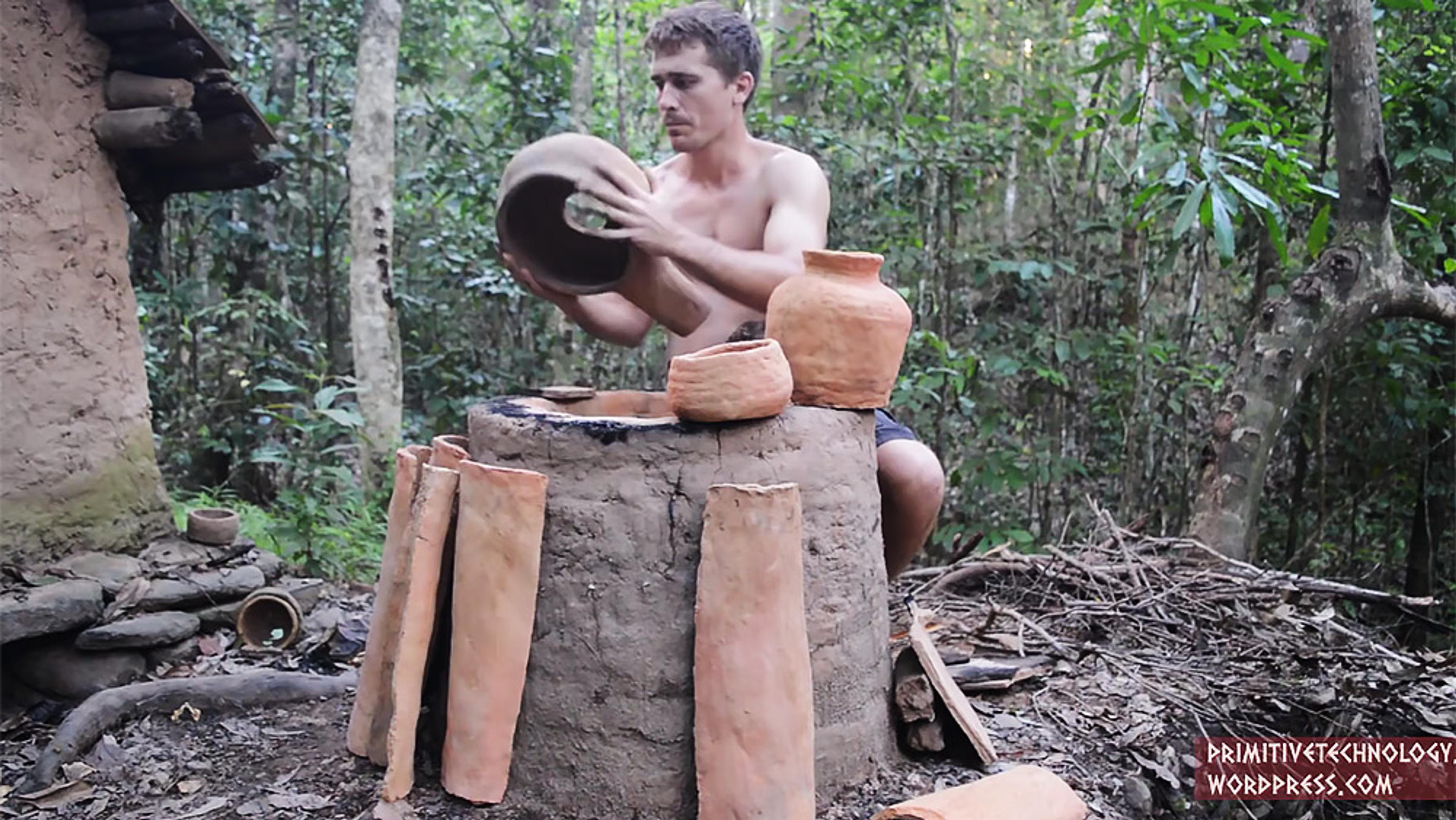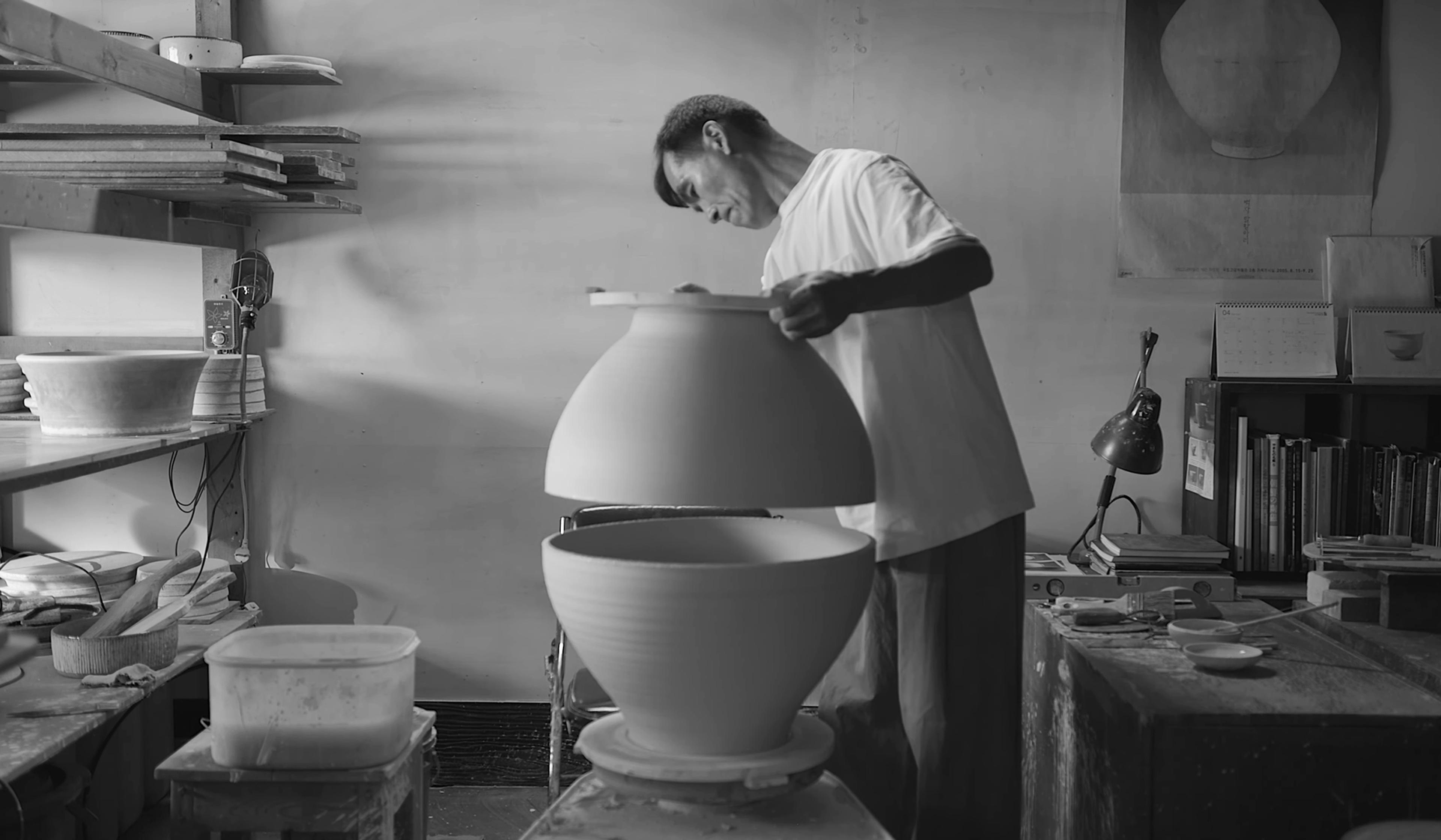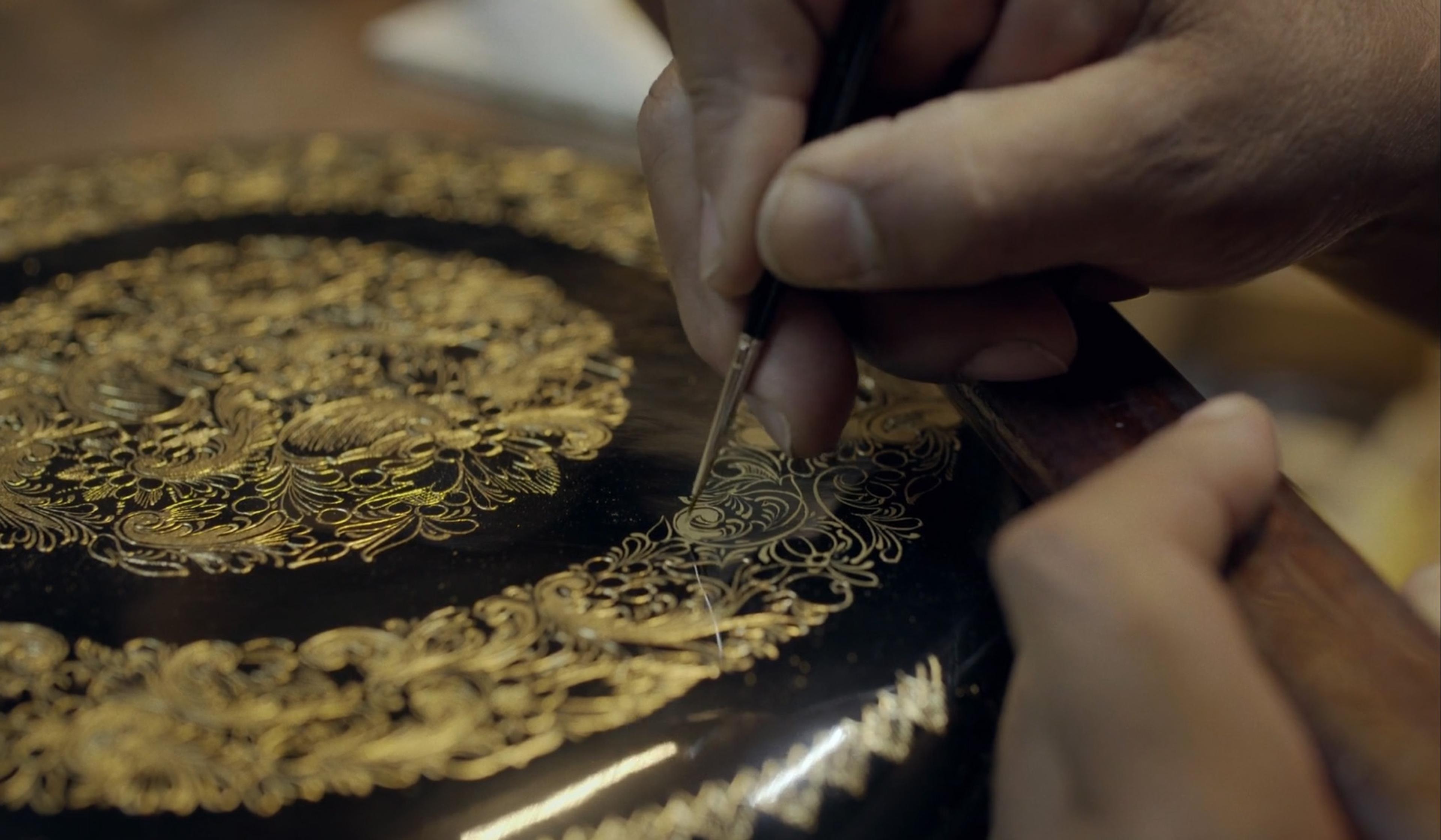Agateware is a distinctive style of ceramics that became popular in England during the 18th century. Crafting it calls for an intricate process of moulding and layering clay materials, culminating in a marbleised, multicoloured glow on each piece after glaze firing. In this short video from the Victoria and Albert Museum in London, Michelle Erickson – an American ceramic artist who was a ceramics resident there in 2012 – attempts to recreate an 18th-century agateware teapot from the museum’s collection. Combining historical expertise with educated guesswork and artistic dexterity, she works out how to duplicate the original. While her final product is an impressive display of artistic mimicry, the true marvel of her work is the way that her thinking shapes and is shaped by the act of her making.
How do you bring an 18th-century ceramic teapot to life? An artist puzzles it out
Director: Juriaan Booij
Website: Victoria and Albert Museum

videoDesign and fashion
A ceramicist puts her own bawdy spin on the folk language of pottery
14 minutes

videoMaking
Ceramic designs spin to life in a tactile meditation on the art of pottery
9 minutes

videoMedicine
Drinking wine from toxic cups was the 17th century’s own dubious ‘detox’ treatment
11 minutes

videoArchaeology
Frozen for millennia, an ancient Greek soldier is freed to charge into battle once again
8 minutes

videoMaking
How to build a full pottery workshop from the earth up
11 minutes

videoDesign and fashion
Refined towards imperfection – a ceramic artist recreates a rare Korean treasure
15 minutes

videoMaking
Trek to a remote Himalayan village where artisans craft teapots fit for kings
11 minutes

videoDesign and fashion
Pre-Hispanic and colonial traditions combine in Mario’s uniquely Mexican artworks
6 minutes

videoNature and landscape
Scenes from Aboriginal Australian pottery chart the turn of the seasons
7 minutes